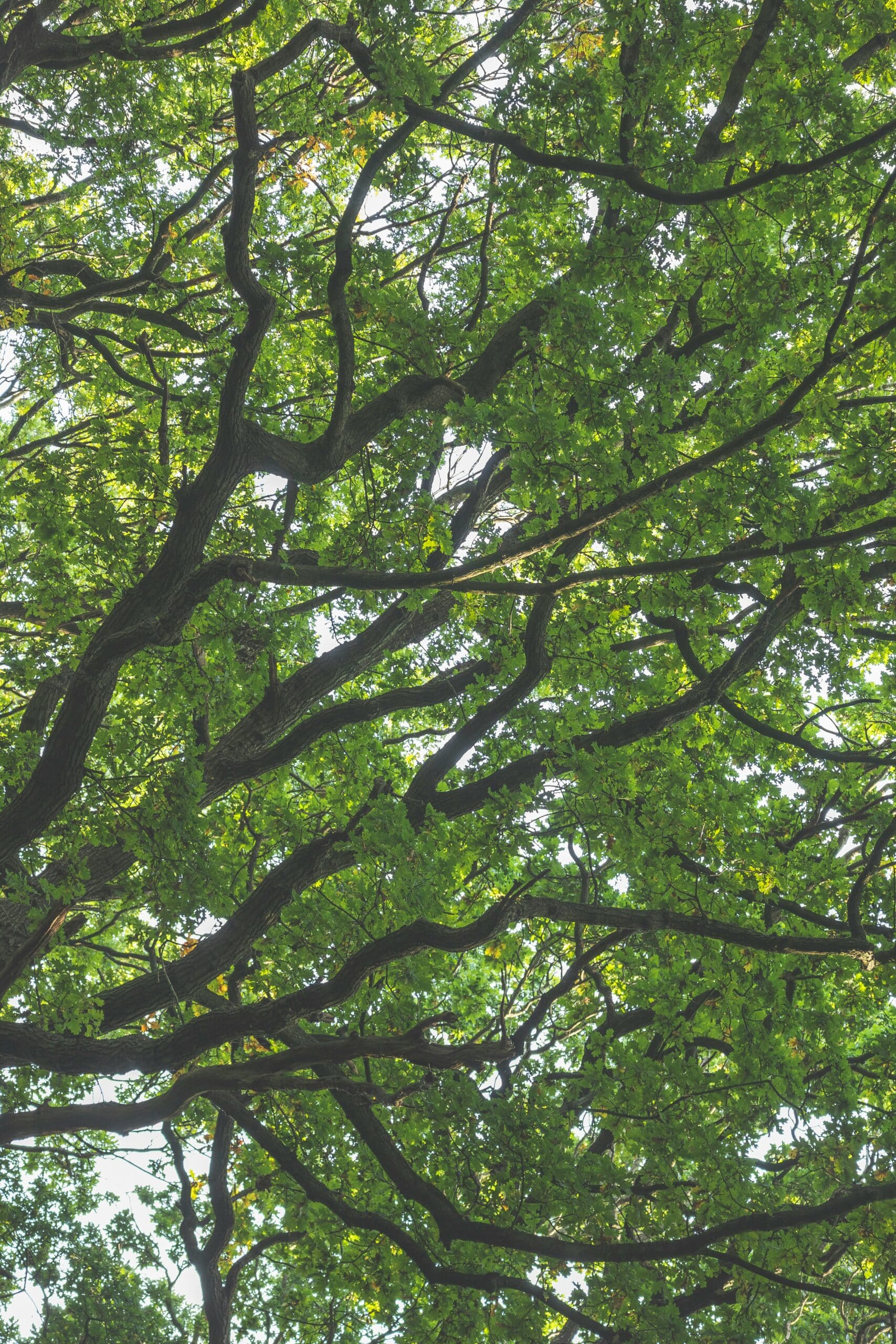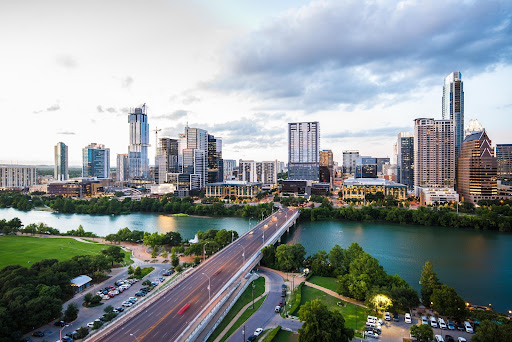
Date April 28, 2025
Category
Introduction to Urban Trees
Urban trees are more than just ornamental features in metropolitan landscapes; they play a critical role in city life’s ecological and social fabric. These verdant giants provide various services, from uplifting the visual aesthetics of neighborhoods to improving air quality and regulating microclimates. Trees in urban settings allow city dwellers to experience nature’s serenity amidst bustling city life.
The Environmental Impact of Urban Trees
The role of urban trees in combating environmental challenges cannot be overstated. These trees function as natural air purifiers, absorbing pollutants like carbon dioxide while releasing oxygen, essential for human life. Furthermore, trees significantly mitigate the urban heat island effect—an issue where cities become noticeably hotter than their rural surroundings. However, effectively managing these green assets requires expertise and dedication, often necessitating the involvement of Commercial Tree Services Fort Worth, which specializes in providing professional care and maintenance. The shade trees not only cool the streets but also reduce energy costs associated with air conditioning. According to the Arbor Day Foundation, urban foresters are crucial in enhancing city environments and the quality of life for residents.
Common Challenges in Urban Tree Care
Nurturing urban trees presents unique challenges, primarily due to the unfriendly conditions often found in cities. Urban trees are frequently met with compacted soil, limited soil volume, and restricted root growth—all hindering any plant’s health. Pollution from vehicles and industries adds another layer of adversity, potentially stunting growth or causing disease. Moreover, urban infrastructure projects can inadvertently harm trees, highlighting the need for strategic planning and protective measures to safeguard these invaluable natural assets during development projects.
Best Practices for Urban Tree Maintenance
Adopting effective tree care practices is vital for the longevity and health of urban trees. Regular watering ensures that trees receive sufficient hydration, especially during dry seasons. Applying organic mulch can help retain soil moisture and improve soil health. When performed correctly, pruning promotes trees’ healthy growth by removing dead or diseased limbs and encouraging a robust structure. Such practices, rooted in both tradition and scientific research, help maintain the vitality of trees, creating greener, healthier urban spaces.
Choosing the Right Trees for Urban Areas
Choosing which trees to plant in an urban environment involves considering several factors. These include the tree’s eventual size, its resilience to pests and diseases, and its ability to contribute to better air quality. With their adaptability and moderate size, trees such as honey locusts are often favored in cities. Such species are resilient to urban stressors and effective in providing cooling shade and filtering the air, contributing significantly to creating healthier cities. Furthermore, the selection process should also account for the tree’s root system, ensuring it won’t damage underground infrastructure. Additionally, considering the tree’s potential allergen production is crucial for public health, especially in densely populated areas.
Innovative Urban Tree Care Solutions
As technology advances, so do the methods used to care for urban trees. Innovations such as soil moisture sensors allow for precise tree health monitoring, ensuring trees receive adequate water without wastage. Additionally, drones and remote sensing technology provide valuable data on tree canopy health, enabling urban foresters to make informed decisions. These technological advancements are revolutionizing urban tree care, making it more efficient, sustainable, and responsive to the needs of city trees. Moreover, AI-powered systems can analyze vast datasets to predict potential tree diseases or stress, allowing for proactive interventions. Integrated pest management, utilizing biological controls and targeted treatments, is also becoming more precise with technological support.
Community Involvement in Urban Tree Care
Community engagement is a powerful tool for improving urban forestry efforts. Residents can participate in tree planting events, conservation programs, and maintenance activities that foster a sense of ownership and stewardship over their local green spaces. Organizations like TreePeople emphasize grassroots involvement, ensuring that urban forestry efforts are community-driven and sustainable. Through collective efforts, communities can effectively contribute to greener, more livable urban environments. Educational workshops and citizen science initiatives can empower residents to identify tree health issues and contribute valuable data. Fostering a culture of tree appreciation through public art and storytelling can further strengthen community bonds with their urban forests.
Future of Urban Forestry
Looking ahead, the future of urban forestry is promising. There is a clear path toward integrating advanced technology with traditional practices to create sustainable modifications in urban landscapes. The city of tomorrow may feature “smart forests,” where digital tools provide ongoing feedback about tree health and environmental conditions. This fusion of nature and technology will be critical in keeping urban greenery vibrant and resilient, ensuring its benefits for future generations. Vertical forests and green roofs will become increasingly integrated into urban planning, maximizing green space in limited areas. Advances in genetic research may lead to the development of tree varieties specifically adapted to urban environments, with enhanced pollution tolerance and climate resilience.
Photo by Michael Held on Unsplash





